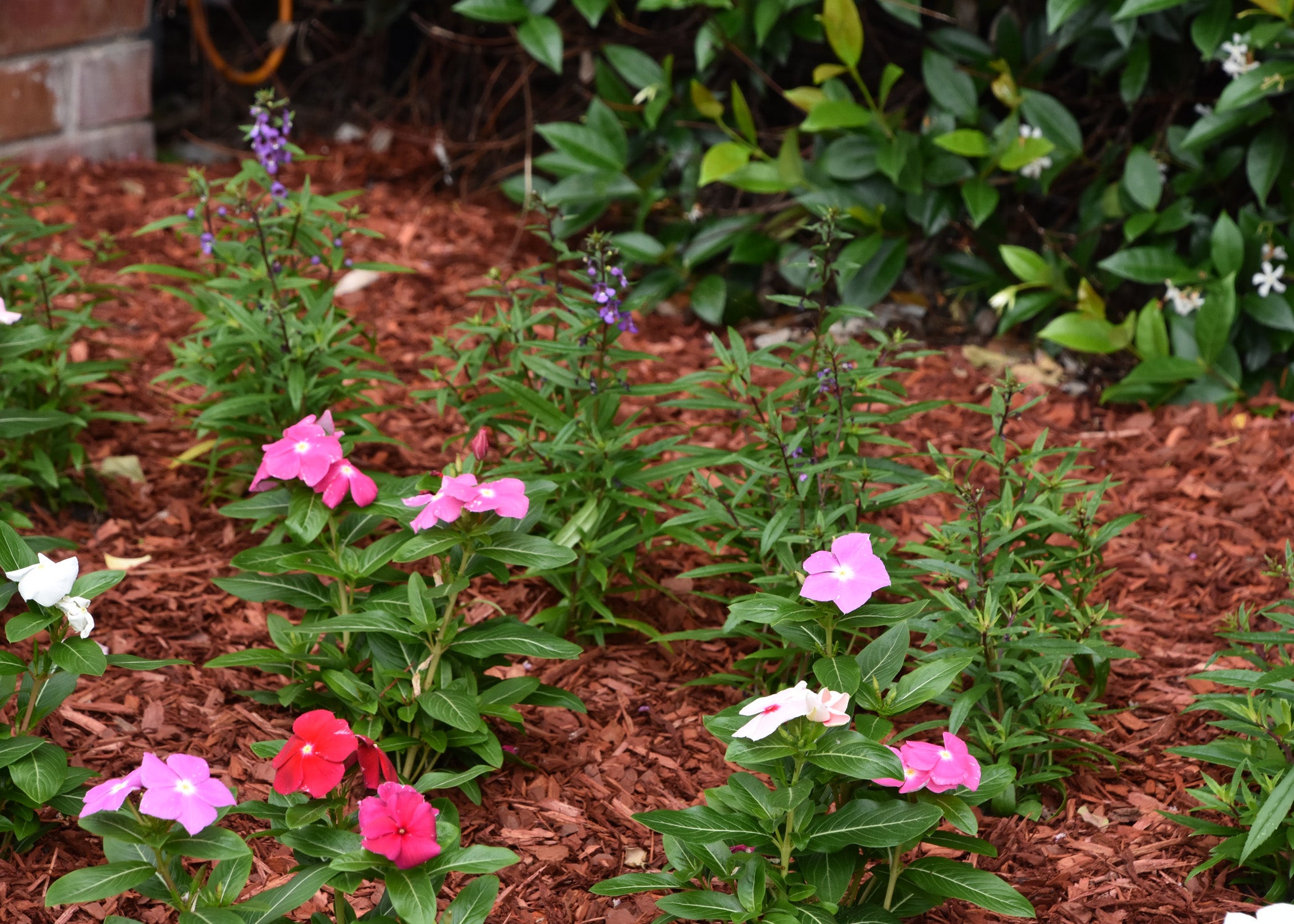Use mulch for beauty and weed, temperature control
Published 9:30 am Sunday, January 23, 2022

- PINE BARK – Add 2 to 3 inches of mulch, such as this pine park, to finish off a landscape bed. Reapplying a new, thin layer is one way to keep the beds looking fresh. (Photo by MSU Extension/Gary Bachman) Alt text -- Mulch surrounds small flowering plants.
|
Getting your Trinity Audio player ready...
|
By Gary R. Bachman
MSU Extension Service
Early in the gardening year is the best time to tackle some gardening tasks before we go all-in planting our color and vegetables. Mulching your landscape beds should be at the top of that spring checklist.
There are lots of options when it comes to mulching material, including pine bark, hardwood bark and pine straw. The choice really is up to the gardener.
This Mississippi State University Extension Service publication is an excellent resource for choosing among the different materials that can be used as mulches: http://extension.msstate.edu/
Newspapers, gardening magazines and landscape professionals tell us the best thing we can do for our trees and shrubs is to apply a layer of mulch around the base. But opinions vary as to how much mulch to spread.
Many recommendations say 3 to 4 inches, and I’ve seen some suggest as deep as 10 inches, which is way too much. Never, ever use so much mulch around your trees and shrubs that it resembles a volcano.
I think a 2- to 3-inch layer is sufficient for most applications.
Here’s why I say that. I’ve observed that the depth of the mulch layer in gardeners’ landscapes — mine included — tends to increase over the years. This is because of our desire to have the mulch look fresh.
I like to use the analogy that a new layer of mulch is equivalent to a fresh coat of paint making a room look better. In an effort to keep the garden looking fresh, we end up reapplying and replenishing the mulch at a faster rate than it decomposes.
While this increased depth doesn’t necessarily harm the shrubs and trees, it can delay the landscape bed warming in the spring, and that will delay spring growth. It can also slow the soil cooling in the fall, which can possibly prevent the plants from hardening off before the onset of cold winter weather.
A good mulching rule to remember is to always go out in diameter around the tree or shrub with mulch, do not go up. This means to spread mulch horizontally and not pile it vertically against the trunk.
I like to use my hands to pull mulch away from the tree trunk. As you pull the mulch back, contour it to resemble a bowl. This helps it collect water and direct it toward the root system of the tree during rain or irrigation.
Keeping landscape mulch at a reasonable depth provides so many great benefits to our landscape planting.
In addition to mulch helping to moderate and maintain optimal soil temperatures — warmer in the winter and cooler in the summer — a proper layer of mulch reduces weed seed germination by blocking sunlight.
Because we’re not constantly walking on mulched areas to mow or pull weeds, this reduces soil compaction and makes for a great root zone environment. And adding mulch adds aesthetic beauty to your landscape beds.
So, remember these tips when applying mulch to your landscape this spring. Proper use of mulch will give you one more reason to look forward to a great gardening year in 2022.
-30-
[EDITOR’S NOTE: Dr. Gary Bachman is an Extension and research professor of horticulture at the Mississippi State University Coastal Research and Extension Center in Biloxi. He is also the host of the popular Southern Gardening television and radio programs. Contact him at southerngardening@msstate.edu. Locate Southern Gardening products online at http://extension.msstate.edu/





